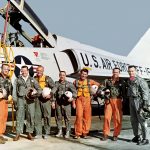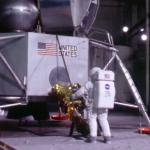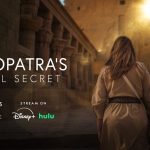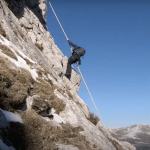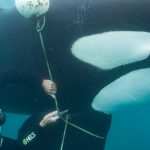An Interview with Alex Cooke: “Savage Kingdom” Returns to National Geographic
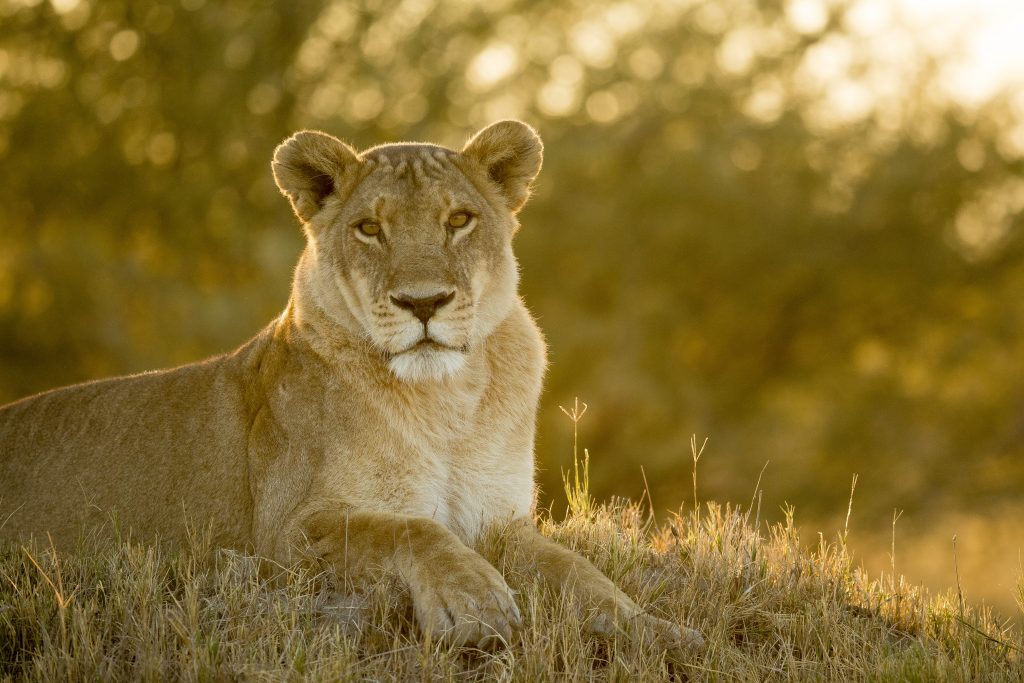
Today, Savage Kingdom is airing the first episode of it’s much anticipated new season on the National Geographic Channel. Since 2016 this series has followed the lives of various beasts of the African delta.
Watching the ongoing dynamics of these animals can often feel like watching an episode of one of your favorite Netflix dramas, only in Savage Kingdom, the action centers around lions and leopards, and the “plot line” is very real. I had the wonderful privilege of talking with the show’s director of photography, Alex Cooke.
Tell me a little about what viewers can expect from this season of Savage Kingdom.
This season continues on with a few of the same characters from season three, the favorite being the younger leopard, Modsidi, who we get to see grow up a bit. The wild dogs and some of the same lions return as we witness how the area of Mombo, Botswana, has dried out. This brings a whole host of new characters that ends up putting everyone who has established systems and territories into flux, forcing them to reestablish dominance and fend for themselves.
I have to ask, did you or the crew have any dangerous encounters or close calls while filming?
Myself and the crew all have many years experience being in the field…so no, although, you do have some close calls. You get charged by elephants and hippos, which is a bit unavoidable, especially when the waters are drying out. Sometimes you bump into a hippo who turns around and charges the car, which is always quite exciting.
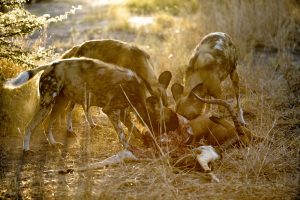
I understand IMDB pages don’t tell the full story. How does one find themselves suddenly in Botswana filming lions for a living?
I did an internship with Natural History Film Unit Botswana five years ago, and as soon as left I asked when I could come back, and a few months later I found myself working full time as a camera assistant for Brett Bestelink, who worked on Savage Kingdom since the beginning…I worked my way up to becoming director of photography on this series.
Savage Kingdom really seems to bring out the narrative in nature. As a director of photography, how did you approach finding this balance.
That’s a good question. I think one of the privileges of being able to work on a series like this is that it’s long form. Over the course of seasons three and four…we filmed these animals non stop for over two years, which really gives you the opportunity to understand them.
Before season four started, we sort of mapped out the key things we were looking forward to happening for each character, but the amazing thing is that you don’t actually know what’s going to happen until the day you start filming. Throughout this series, we had the introduction of new characters that weren’t in other seasons because of the drought…We had to make adjustments…You have no idea what’s going to happen but we spend a lot of time trying to predict it.
Where in the documentary process do you frame the narrative for these animals?
We try to frame the narrative right from the beginning…it writes itself. You really need to focus on which animals are going to tell the best story which is impossible to know at first, but you can use your genuine knowledge of animal behavior to know which animals are going to be the most interesting.
Savage Kingdom focuses on animals interacting with each other and the drama that creates. We pick animals that need each other, or whose territories overlap.

Tell us a bit about the equipment you used to document these animals.
We shoot everything on red cameras…filming in 6K. The lenses we use primarily are the Canon CN-20 which has a 50 to 1000 millimeter lens which allows us to sit quite far back from the animals. We also use a SHOTOVER F1 which is a multi access Gimbal which can hook up to the front of the vehicle so we film as we drive.
What all went into getting a crew of filmmakers out in the middle of the animal kingdom.
The team is primarily centered around three cameramen, Dominic Hamilton, Mike Amos and myself, and the three of us spent two to three weeks at a time in the Mombo Delta area. We would spend everyday filming and we would live in our vehicle. On the roof of the car we use, there’s a thin foam pad, which we would sleep on at night. Oftentimes you’d wake up in the morning, and there would be the lions lying 100 feet from the car fast asleep. That would be a very easy day. Other times, we’d spend weeks looking for one specific leopard.
We had to go into remote places in the Delta, and when the waters were in, we would have to have our company fly in us in to work which was quite exciting.
So it would be up to you and the crew to track down these animals?
We did all the tracking for the most part ourselves, which at times was very, very heartbreaking and frustrating…I’ll never forget when we spent almost a month looking for a lions den, which you see later in the series, and when I heard the lion cubs…it’s amazing because you’ve been looking for so long and now that you’ve finally found them you can get on with what you’re there to do, which is film.
We did work in an area with guides, and with Safari operators. There is an already established road network. We were up a few hours earlier than the game drivers to get in and be able to find the animals…to get those beautiful shots of them in the morning.

Don’t miss Savage Kingdom season four on the National Geographic Channel and streaming on Disney Plus+.
Savage Kingdom returns August 14th with real-life drama from Northern Botswana, where peace never lasts long, and power comes with a price.
— Nat Geo Channel (@NatGeoChannel) August 10, 2020
Author: Seth Troyer
Seth is a Columbus Ohio based writer, musician and filmmaker. He earned his BA for communications and creative writing at the University Of Akron. He has written for Dread Central, the Maddwolf film site, and has contributed to various writing anthologies such as Between The Lines, and Purpled Palm Press.
Help support independent journalism. Subscribe to our Patreon.
Copyright © The Geekiary
Do not copy our content in whole to other websites. If you are reading this anywhere besides TheGeekiary.com, it has been stolen.Read our

